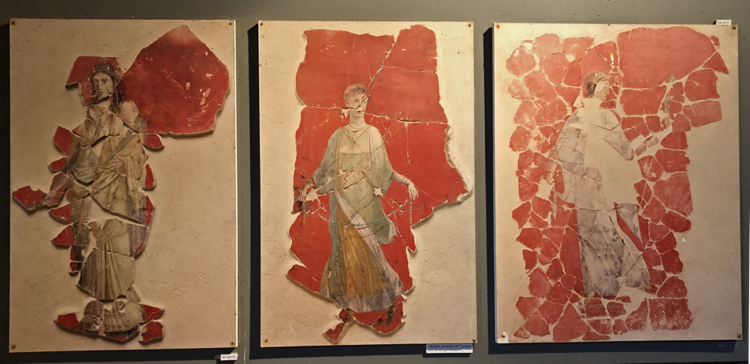 Why do I insist on clambering over old stones, foundations, really, of buildings dating back 2,000 years? Or paving slabs, funny concrete, remnants of wall paintings or bits of mosaic? And looking at broken bits of pottery and metalwork? And sometimes staring at beautiful whole glass and marble creations that I can’t possibly understand how they were made?
Why do I insist on clambering over old stones, foundations, really, of buildings dating back 2,000 years? Or paving slabs, funny concrete, remnants of wall paintings or bits of mosaic? And looking at broken bits of pottery and metalwork? And sometimes staring at beautiful whole glass and marble creations that I can’t possibly understand how they were made?
It’s basically about people.
Who touched these things? Who made them? And the big questions – why did they make them? The impact of the Roman world is often one of “We did the Romans, Tudors and Nazis at school.” Romans were blokes in tunics, overlapping ribs of metal, helmets and used a gladius to conquer [insert place of choice]. This is often the Hollywood depiction and can irritate the Hades out of historians and historical fiction writers.
Rome went from a grubby little village or two to a world superpower and dwindled into a few acres of land around Ravenna. But it took 1,229 years and apart from the literature, plumbing and administrative processes, etc. (see the Monty Python video), they left an enormous amount of ‘stuff’ behind them.
Aqueducts, road, barracks, fora, temples, basilicae are a small part. What really tells us about them are is the sheer variety, quality and complexity of their cooking and medical utensils, gambling games, hairpins, lamps, nails, taps, glassware, (inevitably) pots and bowls, chains, furniture, food remains, woodwork tools, coins, handles, locks, ingot moulds, rings, bracelets and necklaces, horse decorations and remnants of armour, weapons even textiles. All these things were made, worn, consumed, discarded and/or repaired by every level of society.
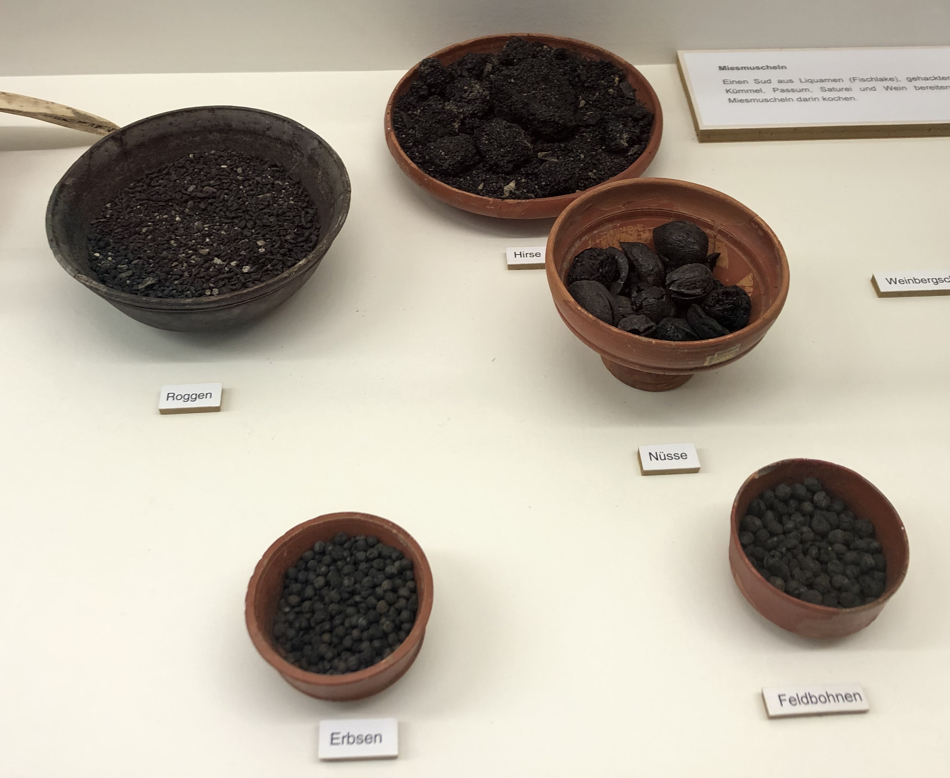
Food remains from Magdalensberg: Horse – millet, Roggen – rye, Nüsse – hazelnuts, Erbsen – peas, Feldbohnen – fava beans. Also snails and oysters (not shown)
The images in this post are just a few things I saw on my recent trip to the Magdalensberg and Emona, both in Roman Noricum. We seem to trip over hordes (and hoards) of this ‘stuff’ whichever part of the ex-Roman territories we visit. Sometimes it’s breathtakingly beautiful; other times just a load of broken amphorae. I was particularly attracted to a display of pigments and painters’ tools at Magdalensberg.
And here’s an imagined way they were applied…
Perhaps Aegius, the painter with a ton of hidden secrets in JULIA PRIMA, used very similar colours as well as the rarer gold and green paints.
In another post, I’ll try to solve the mystery of the most famous ‘find’ on the Magdalensberg. It involves exhilaration, theft, copying and a disappearance into history. Nothing is as it seems…
Alison Morton is the author of Roma Nova thrillers – INCEPTIO, CARINA (novella), PERFIDITAS, SUCCESSIO, AURELIA, NEXUS (novella), INSURRECTIO and RETALIO, and ROMA NOVA EXTRA, a collection of short stories. Audiobooks are available for four of the series. Double Identity, a contemporary conspiracy, starts a new series of thrillers. JULIA PRIMA, a new Roma Nova story set in the late 4th century, is now out.
Download ‘Welcome to Alison Morton’s Thriller Worlds’, a FREE eBook, as a thank you gift when you sign up to Alison’s monthly email update. You’ll also be among the first to know about news and book progress before everybody else, and take part in giveaways.




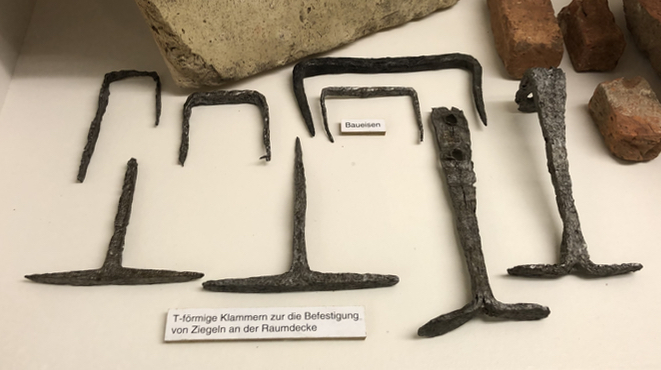
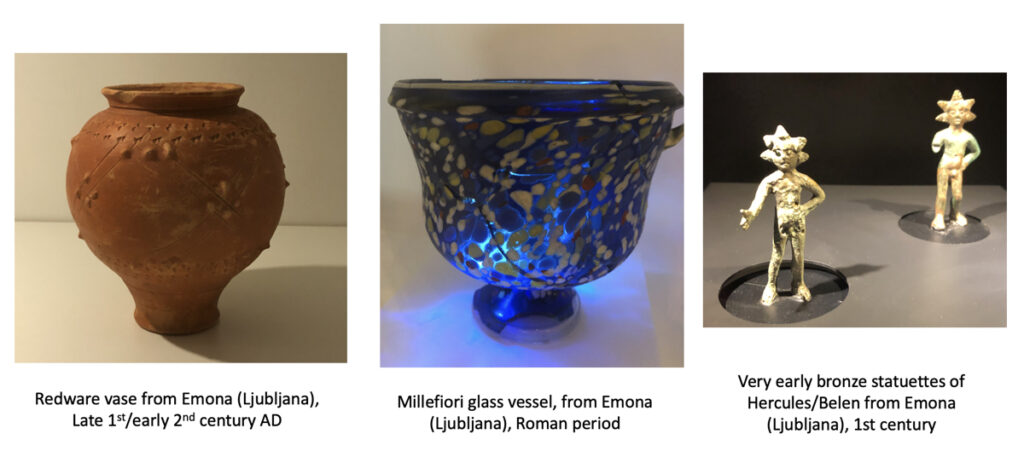
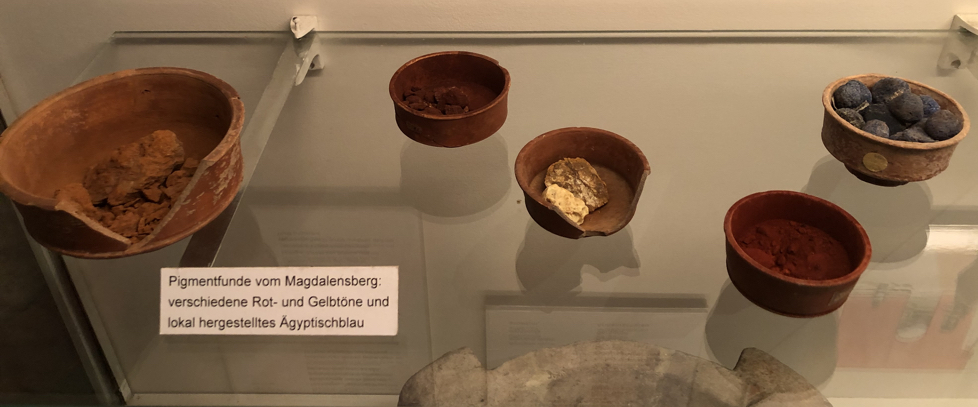
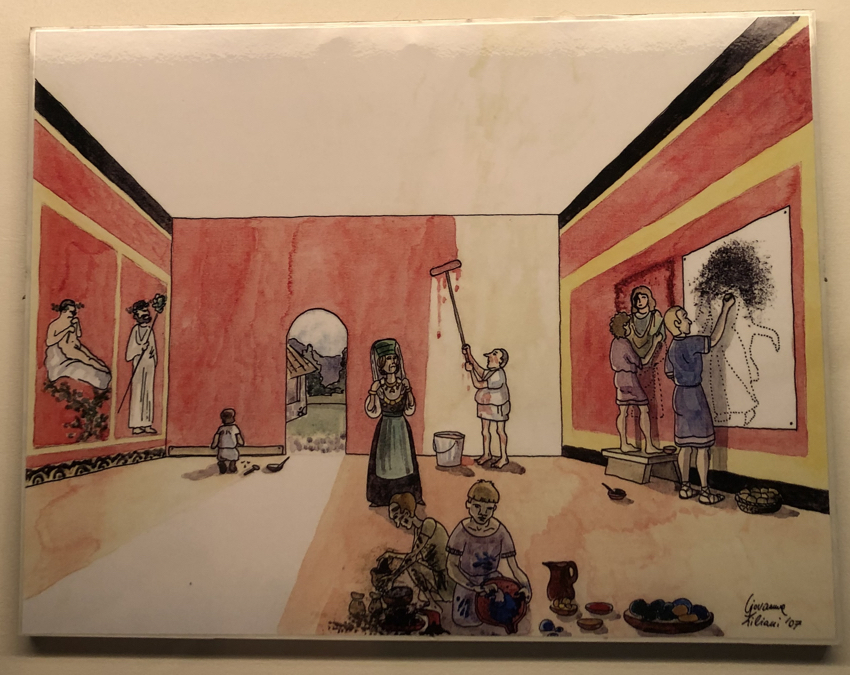









Leave a Reply